Abstract
The requirement for sunlight resistance for conductors that are exposed to direct sunlight was added in Section 310-8 of the 1999 National Electrical Code (NEC).1 However, the implementation of this requirement has resulted in some confusion for the users of the Code. For the purpose of listing and or markings on the products, Code requirements like this are spelled out in the applicable product standards. The present requirements and the needed changes in these standards are discussed to address the confusion. Facts, opinions, and recommendations are presented here to facilitate the enforcement of this requirement.
In response to a proposal, Section 310-8 was revised for the 1999 National Electrical Code (NEC) by organizing each location type and stipulating a list of identified insulation types for each location. Additionally, a new paragraph (d), Locations Exposed to Direct Sunlight, was added to read:
(d) Locations Exposed to Direct Sunlight. Insulated conductors and cables used where exposed to direct rays of the sun shall be of a type listed or marked “sunlight resistant.”
The panel rejected the proposed exception and a public comment supporting the exception to not require “sunlight resistant” capability of insulated conductors of drip loops where they are exposed to direct rays of sun. The recommended exception was not accepted since the drip loops expose the insulation to sunlight, which can deteriorate the insulation. Thus, insulated conductors where exposed to direct rays of sun shall be listed or marked “sunlight resistant.” Figure 230.5 from the NEC Handbook, slightly modified and shown in Figure 1, provides a good example of drip loops.
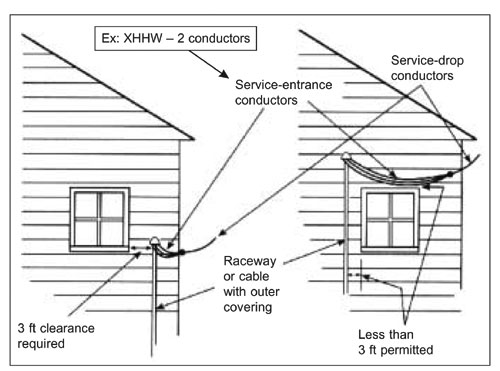
Figure 1. Figure 230.5 from the NEC Handbook, slightly modified and shown in Figure 1, provides a good example of drip loops.
Since the wording of 310-8(d) states that the products shall be listed or marked sunlight resistant, the question arises as to how should an inspector (or a user) verify that the product meets this requirement? Further, since manufacturers do not (and cannot) repeat all of the mandated requirements for listing in the print legends on their products, how does one verify that a product meets this requirement? Are there any changes made in the product standards as result of the adoption of 310-8(d)? Were there requirements already in place for suitability of the products exposed to sunlight? Are there separate requirements when products are marked “sunlight resistant?” Is this difference in requirements in the product standards responsible for the confusion between “suitability” and “listing or marking” for “sunlight resistant?” These and other relevant items are discussed below to assist inspectors and users in making their decisions.
The obvious choice is to examine the product for marking. However, if the requirement is mandatory and it is included in the requirements for listing, then it may not be necessary to include it in the marking on the product. For wire and cable products, this is helpful as it keeps the length of the print legends manageable. This desire to keep the print legend short and manageable creates a potential for confusion. Thus, when there is no obvious marking on the product and there is a doubt about the compliance, the inspector or user is forced to rely upon 110-3(b) of the NEC and ask for a confirmation from the manufacturer.
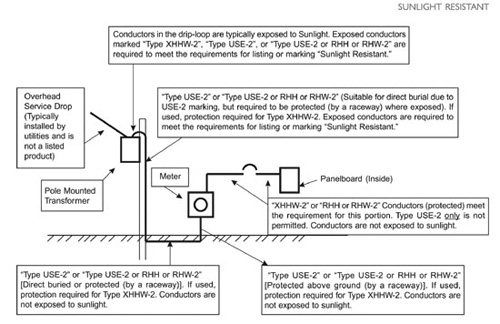
Figure 2. Figure 2 describes applications of conductors where compliance with sunlight resistant requirement is required or not required in accordance with 310-8(d)
At present no changes have been made in the product standards as a result of the adoption of 310-8(d) in the 1999 NEC. Products affected by this change include thermoset and thermoplastic insulated conductors, such as Types XHHW-2, RHH, RHW-2, THW-2, THHN, THWN-2, etc., recognized in Table 310-13 of the NEC. These products are listed in accordance with product standards developed by the Underwriters Laboratories, Inc., namely UL 44, Standard for Thermoset – Insulated Wires and Cables, and UL 83, Standard for Thermoplastic – Insulated Wires and Cables. Figure 2 describes applications of conductors where compliance with sunlight resistant requirement is required or not required in accordance with 310-8(d). For an optional marking of sunlight resistant, the conductors covered by UL 44 and UL 83 are required to meet the requirements of 720-hour carbon-arc or xenon-arc exposure tests. This marking is used typically for products that are used outdoors in messenger supported applications or in conjunction with “For CT Use” marking for conductors supported by cable trays. The two markings, both being optional, were thus combined logically because cable trays are permitted to be used outdoors also and the products supported in these cable trays are then exposed to sunlight.
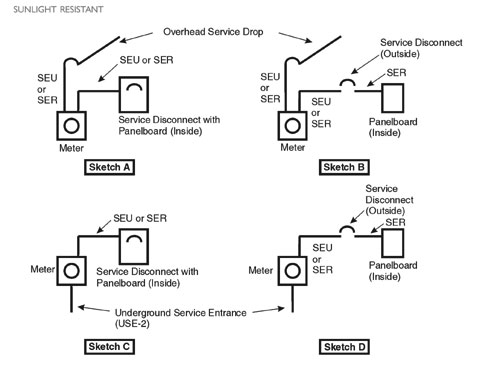
Figure 3. Figure 3 describes the typical applications of Type SE products.
Type SE and Type USE products are listed in accordance with UL 854, Standard for Service – Entrance Cables. Conductors (and jackets) used for these products are required to meet the requirements of 300-hour carbon-arc or xenon-arc exposure test as part of the listing for these products. Compliance with this requirement is considered not sufficient for the marking of “sunlight resistant.” The products have been treated as “suitable for exposure to sunlight.” Figure 3 describes the typical applications of Type SE products. Type SE and Type USE (along with Types RHH or RHW) can be marked sunlight resistant provided they meet the requirements of 720-hour test. Considering the requirements of UL 44 (or UL 83) and UL 854 together, the same conductor type can imply the following possibilities:
1. Conductor intended for use in raceways (or other cable constructions other than Types SE or USE) need not be subjected to either 300-hour or 720-hour test. (Thus, conductors in the drip loops of these installation methods may not meet the requirement of 310-8(d).)
2. Above conductors if supported by a messenger (used outdoors) are subjected to a 720-hour test.
3. Conductors used in Type SE (or USE) are subjected to a 300-hour test.
4. Conductors supported by a cable tray are subjected to a 720-hour test, if marked “sunlight resistant.”
The above hopefully makes it clear why Code Making Panel 6 adopted the aforementioned language for 310-8(d). It provides a consistent requirement for conductors that are exposed to sunlight. Conductors exposed to direct sunlight shall be either listed or marked sunlight resistant. Whether the requirement for listing or marking of a product as sunlight resistant is 300-hour test or 720-hour test is up to the standards development process.
To maintain the effective link between the Code and Standards development processes and to define clear performance requirements, it is the author’s opinion that one single requirement for sunlight resistant should be used in the product standards. This is consistent with requirements for other application oriented markings for wire and cable products such as, “For CT Use,” “FT 4,” “LS,” etc. Historically, for sunlight resistant capability the industry is more familiar with black color insulation on conductors and in most, if not all, cases these materials are known to exceed the requirement of 720-hour test.2 However, insulation on conductors in colors other than black require significant additions of UV stabilizers to make them suitable for the application. Since no formal data has been collected, reported, or presented, the limited field experience with colored insulation and black color insulation complying with 300-hour test requirements suggests that the colored insulation does not perform as well as the black color insulation.3 Hence, it may be desirable to select the 720-hour test as the requirement for products so that they can be considered as complying with 310-8(d).
While the standards development process resolves this issue, inspectors and users can review the following to determine compliance with 310-8(d):
• Marking on the product (“Sunlight Resistant,” or “SUNRES”). This marking is afforded to those products that comply with the requirements of 720-hour test.4
• In the absence of marking on the product, seek confirmation of listing (or compliance) from the manufacturer5
• For conductors to be installed in raceways or a part of a cable (other than Type SE and USE) assembly and exposed to sunlight when outside the raceway or cable assembly. (Need for confirmation exists whether compliance with requirements of 300-hour test or 720-hour test is acceptable.)
• For conductors and the overall cable in Types SE and USE. (No need for confirmation on Type SE or USE products, if compliance with requirements of 300-hour test is acceptable.)
• There are no changes in the sunlight resistant requirement for conductors and cables supported by the cable trays. These products are typically identified with “SUNRES” marking in conjunction with “FOR CT USE” marking.)
Given the confusion with implementation of 310-8(d) adopted in 1999 NEC, the issue is on the table for the 2002 NEC. Inspectors and users can make their contribution by submitting comments, where applicable, on various proposals that have been acted upon by CMP-6.
References
1 National Electrical Code® and (NEC)® are registered trademarks of The National Fire Protection Association
2 Historic experience with black color insulation is derived from the inherent UV resistant properties of the carbon black added in the insulation. In the future, this may or may not be the case for black color insulation as other pigments could be used to provide the color. In such cases, additives will have to be added to the insulation to make it sunlight resistant.
3 In Canada, the similar experience has supported a change in the product standards.
4 At present Type UF is afforded this marking when complying with the requirements of 300-hour test. However, this may change and compliance with the requirements of 720-hour test may become part of the listing requirement for Type UF products.
5 Alcan Cable has verified that insulation and jacketing materials it employs on Types XHHW-2, SE, USE-2, USE-2 or RHH or RHW-2, MC, and TC meet the requirements of 720-hour test for Sunlight Resistant marking.







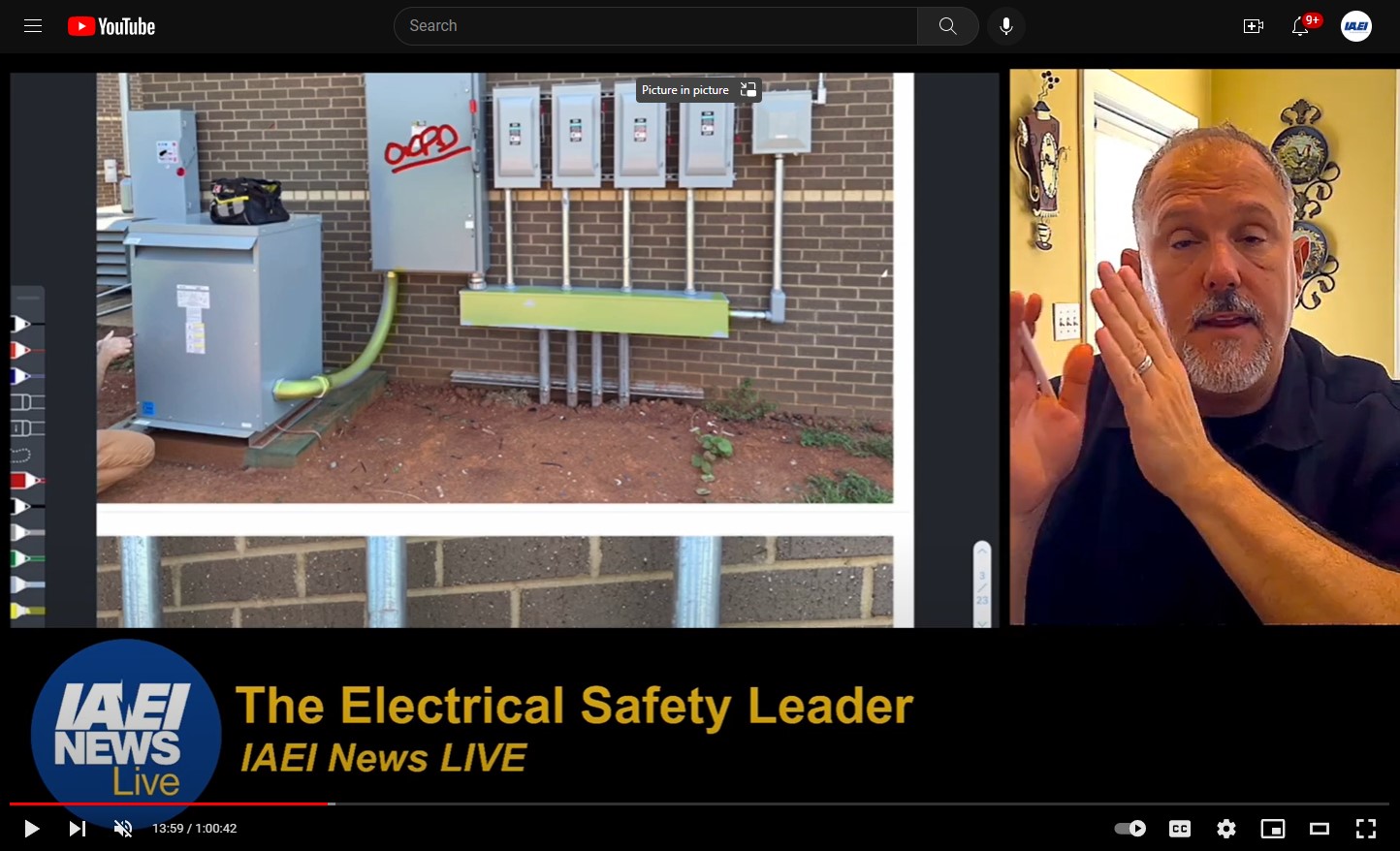
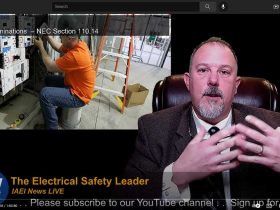
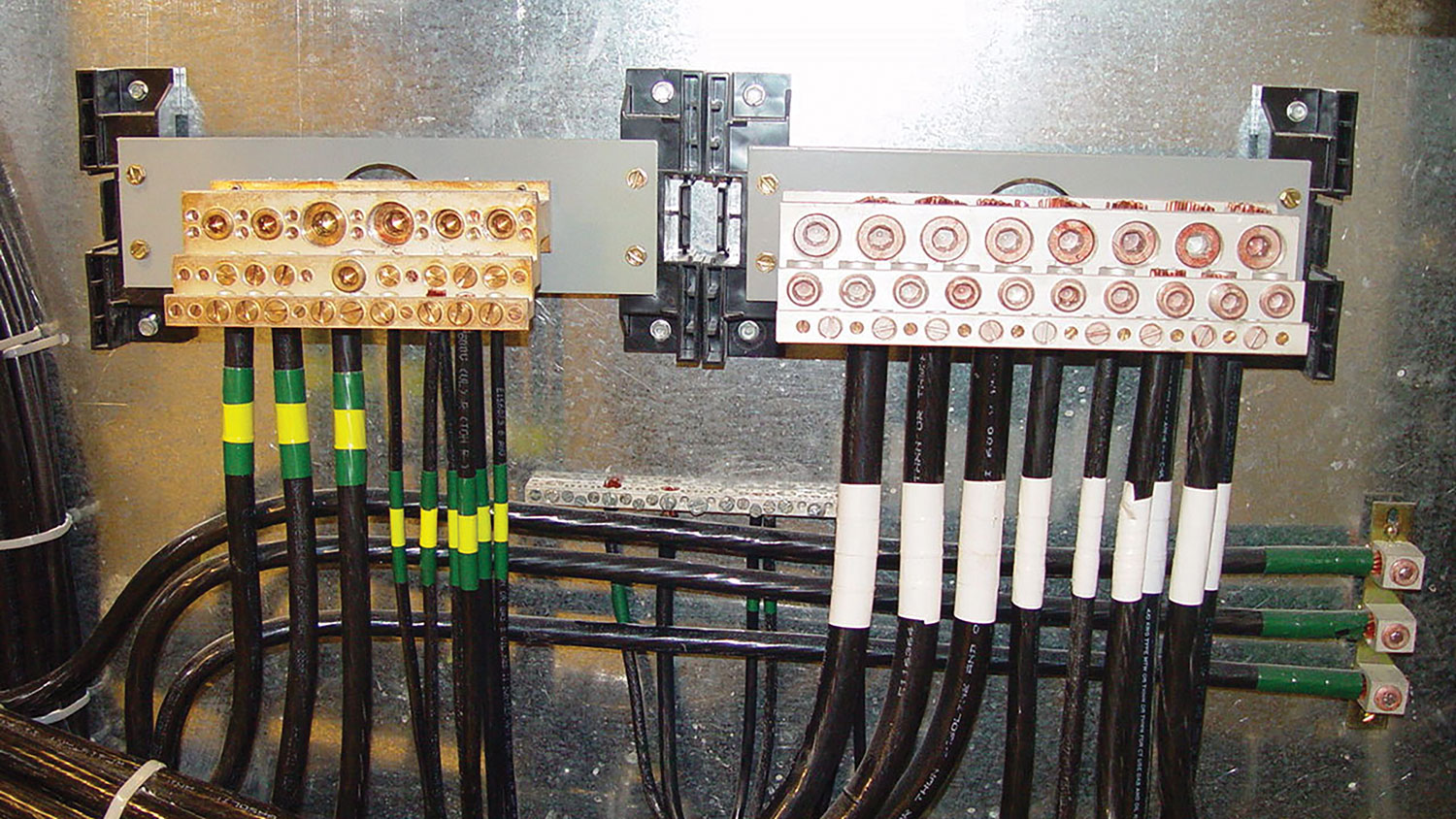
Find Us on Socials